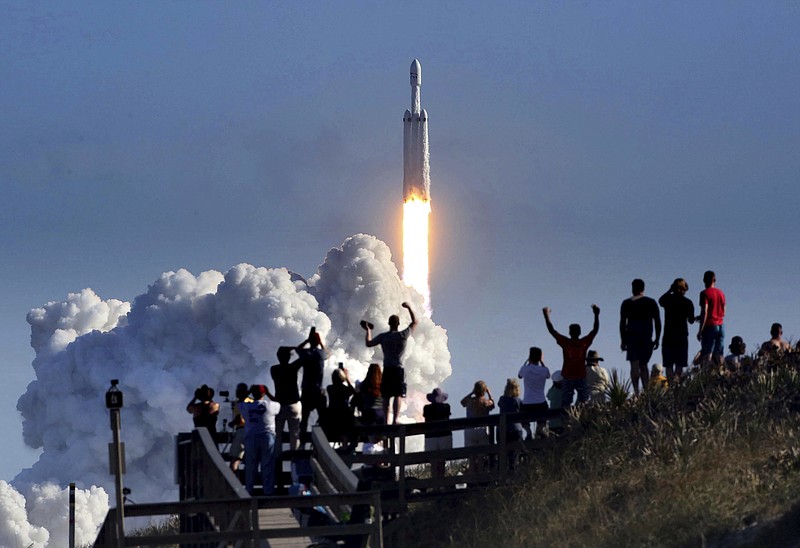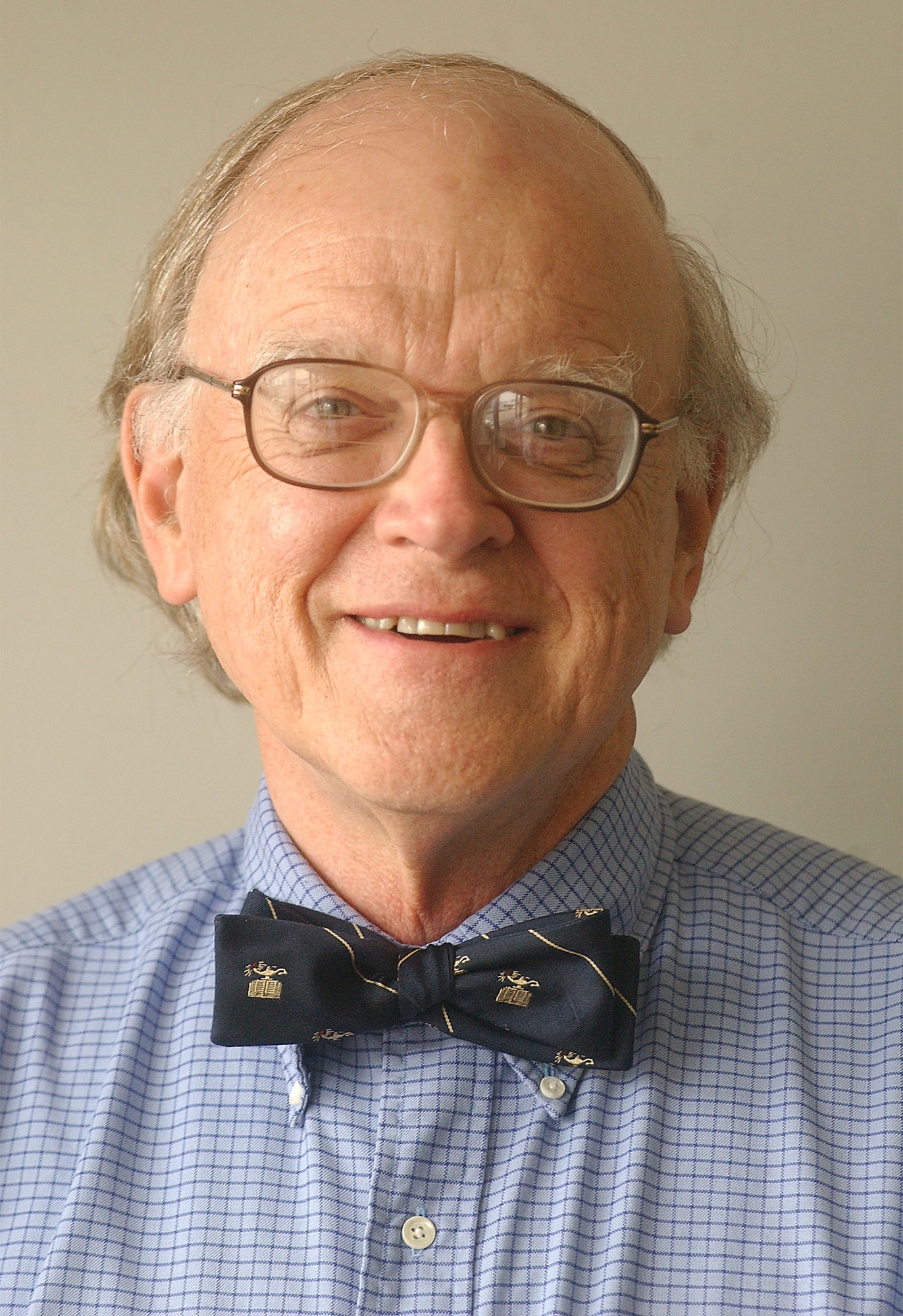Seventy-five years ago, on Sept. 8, 1944, Nazi Germany launched its first V-2 rocket against England. The missile struck London, killing three people, injuring 22, and blasting a 30 foot-wide crater.
London, along with many other English cities, had endured bombing attacks from April 1940 to May 1941. These raids killed 43,000 and wounded 140,000 civilians. Attacks ceased when Germany invaded Russia. For a time, English skies were free of attackers.
Following the Allied invasion of France, jet-propelled, V-1 missiles presented a new aerial challenge for England. "V" was derived from the German word for "vengeance." Launched from mobile catapults in Western France or from aircraft, the V-1 was a precursor to later cruise missiles. The first V-1 struck London on June 13, 1944. Each of the low-flying, subsonic weapons carried an 1,800-pound warhead. Of 10,000 V-1 missiles launched at England, more than 2,100 V-1s reached London, killing more than 6,000 people and wounding 18,000. Guidance systems were crude. Impacts were almost random within greater London. People on the ground would hear the approaching jet engine, then silence before the missile fell to the ground and exploded. V-1 attacks ceased when the last launch sites were captured in March 1945. Radar assisted anti-aircraft fire and fighter aircraft became progressively more effective in downing V-1 missiles.
The V-2 rocket had been developed in 1936 by a team of German engineers led by Wernher von Braun. These engineers represented the most accomplished rocketry experts in the world. As World War II progressed, slave labor from a nearby concentration camp worked in the assembly of V-2 rockets at a secret factory in Northern Germany. The 14-ton, 47-foot-long V-2 rocket reached an altitude of 50 miles and delivered its 2,200-pound warhead at a speed of 3,500 mph. Five minutes would elapse between launch and impact on a target up to 200 miles away.
The goals of the attacks were to sow terror and break British morale.
England had no defense against the V-2. The weapon arrived soundlessly. Of 1,500 V-2's launched against southeastern England, more than 500 struck London, killing 7,250 and wounding 6,500 civilians. The final V-2 was launched in March 1945.
As the end of World War II neared, U.S. and Russian forces raced to capture Germany's stockpile of V-2 rockets and to recruit the engineers who had perfected the deadly technology. A member of the Nazi party and an SS officer, von Braun and other members of his team escaped into Austria. von Braun and his brother, Magnus, surrendered to a U.S. Army private on May 2, 1945. Recognizing the importance of their captive and members of his team, U.S. officials quickly moved the group to the part of Germany that was under American control.
For 15 years after war's end, von Braun worked with the U.S. Army to develop rockets for military use. In 1950, he was transferred from Fort Bliss, Texas, to Redstone Arsenal in Huntsville, Alabama, where he worked on both ballistic missiles for military use and rockets that would propel satellites into outer space.
(Read More: Tennessee engineer recalls work on Apollo at Tullahoma's Arnold Air Force Base)
In 1960, the recently formed National Aeronautical Space Administration assumed control of research and development at Redstone. Von Braun was named director of the Marshall Space Flight Center within NASA. The center would develop the Saturn rockets which took astronauts to the moon. Ten years later, von Braun assumed directorship of strategic planning for NASA. He retired from NASA in 1972 and died in 1977.
Contemporary rocketry, which has rapidly developed in several nations, has the potential for precise delivery of conventional and nuclear weapons to targets thousands of miles away. The same technology can further the exploration of our solar system and beyond. Which use will dominate?
Contact Clif Cleaveland at ccleaveland@timesfreepress.com.

